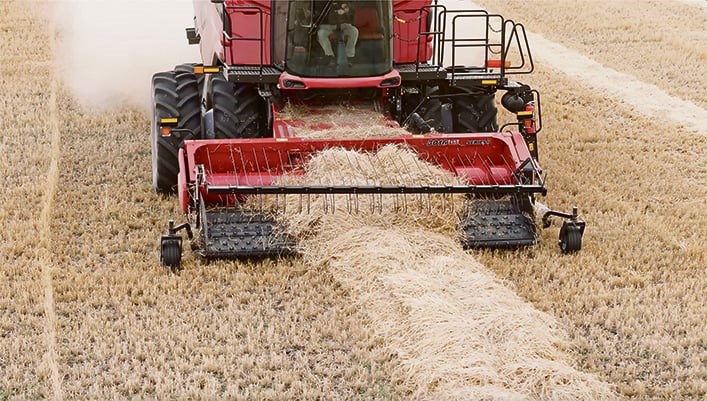In a recent op-ed, Gregory Heckman, CEO of Bunge, defended the proposed merger between Bunge and Viterra, arguing that the combination would mean investment and growth for Canadian agriculture, particularly in Saskatchewan. While the optimism from a corporate standpoint is expected, given that they are working to maximize profitability for shareholders, there are many reasons to consider why this merger might not be in the best interest of farmers.
First, the promise of a "commitment to Canadian workers" and the guarantee against the closure of existing facilities do not directly address the central concern of farmers—market concentration and competitive pricing for their products. A fundamental aspect of a healthy commodity market is the ability of producers to get a fair price for their crops. The fear is that a super-sized entity will curb market competitiveness, leaving farmers with fewer options and lower prices.
While Mr. Heckman says G3 and Viterra will remain competitors post-merger, this suggestion underestimates the power dynamics in the ag industry. When two behemoths merge, the resulting entity naturally holds sway over the market and can influence pricing and terms. Just because they are competitors in name does not ensure a level playing field. The Canadian Competition Bureau also thinks G3 and the new entity will have an incentive to reduce competition.
The dismissal of the University of Saskatchewan report based on "assumptions and incomplete data" also demands scrutiny. Economic modeling frequently requires assumptions. This, however, does not invalidate such studies. Rather, it prompts a deeper dive into potential market impacts. And as a multi-billion dollar company, Bunge should have the ability to replicate the study, draw its own conclusions, and add to this important debate.
Indeed, Mr. Heckman's remarks appear to corroborate the hypotheses presented in the University of Saskatchewan's report. He indicates that there will be no operational changes post-merger, implying that the pursuit of operational cost efficiencies is not on the agenda for the newly formed entity. This assertion strengthens the perception that higher profits are expected via increased margins, to the detriment of farmers.
Moreover, Mr. Heckman's argument suggests historical GDP growth in Saskatchewan is linked to previous mergers in the grain handling sector. Yet correlation does not imply causation. Rather, the increases in GDP and agricultural receipts are likely the result of other factors, such as commodity prices and technological advancements. Interestingly, Mr. Heckman does not mention the declines in agriculture’s GDP in subsequent years following those mergers.
Mr. Heckman also neglects to address the concerns raised over canola crushing and grain export capacity control. The merger could conceivably place over 40 per cent of Vancouver's export capacity and a significant portion of canola crushing capacity within the purview of one firm. This is an overpowering share that could negatively affect farmers' income, estimated by the U of S researchers at a loss of almost $800 million annually. It's also important to note that Bunge still has not committed publicly to build the Regina crushing facility previously announced by Viterra.
Lastly, increased corporate consolidation often proves to be good for shareholders at the expense of the customers they serve. Farmers and Canadians only need to look at other industries like phone companies, banks, airlines, railways, and grocery stores to feel the effects of reduced competition. In agriculture, should supply chain disruptions occur, a singular, larger entity could prioritize its own interests, leaving producers with less recourse. Bunge’s promised resilience to such disruptions needs a more detailed explanation and assessment backed by evidence.
To conclude, the potential for decreased competition, coupled with market dynamics that typically favour larger entities, could stack the deck against the very people responsible for the grains making their way to our tables. It is imperative that we scrutinize beyond the surface of corporate promises to ensure that this deal, should it go forward, includes safeguards for the interests and livelihoods of Canadian farmers.




